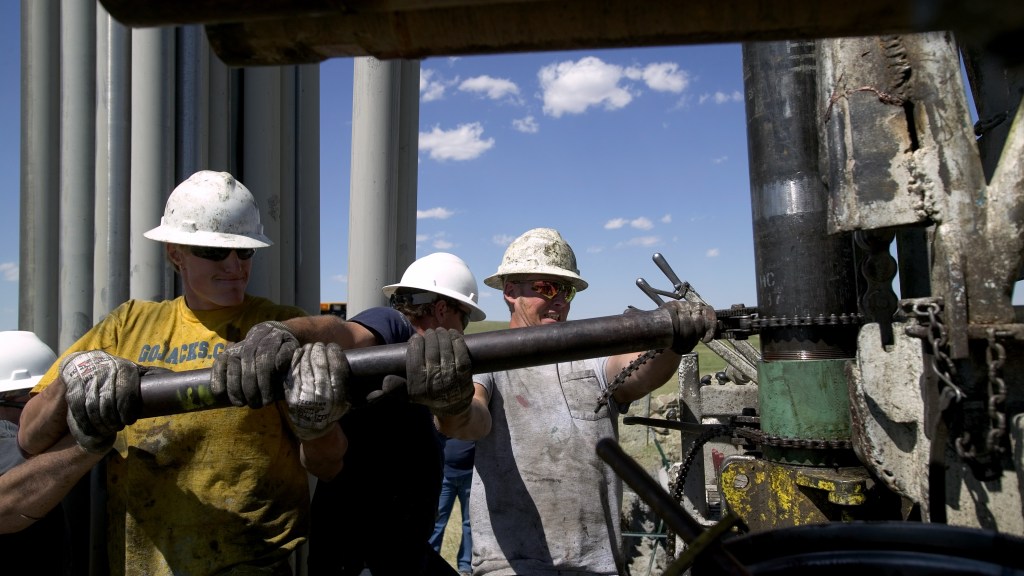Impact of US Energy Policy Changes on UK Renewable Projects
The anticipated increase in oil and gas exploration under President Trump may alleviate supply chain issues hindering the rapid deployment of renewable energy in the UK. However, it could also restrict access to crucial components for gas-fired power plants, according to Alistair Phillips-Davies, the CEO of electricity provider SSE.
With Donald Trump securing the presidency, the American oil and gas sectors are poised for growth, potentially slowing the expansion of renewable energy, which had gained momentum through President Biden’s $369 billion clean power stimulus initiative.
Phillips-Davies pointed out that while Europe, especially the UK, might profit from reduced competition in renewables and improved access to the renewable supply chain, challenges in sourcing gas-fired generation infrastructure may arise.
He noted that more gas turbines, essential for converting natural gas into electricity, are likely to be redirected to the United States as the incoming administration ramps up fracking activities.
The UK government has indicated that maintaining a strategic reserve of gas power will be necessary, even as it aims to decarbonize the energy system by 2030. The UK’s grid operator has projected that unabated gas should account for less than 5% of the nation’s electricity generation under normal weather conditions by 2030.
Phillips-Davies acknowledged that fulfilling the government’s goals poses significant challenges. The Labour Party intends to increase offshore wind output fourfold by the decade’s end and aims to double onshore wind and triple solar power generation.
“We stand a good chance of at least coming close to the government’s 2030 targets,” he stated.
Nonetheless, the offshore wind sector is grappling with supply chain disruptions and escalating costs, which threaten project viability.
SSE has expressed disappointment regarding the progress made by GE Vernova on the turbine installation for the Dogger Bank A project, which has been postponed until the latter half of next year. This wind farm, along with its two sister projects off the East Yorkshire coastline, is expected to deliver a combined capacity of 3.6 gigawatts but was initially slated for completion by the end of September.
At 57, Phillips-Davies has announced his retirement plans next year, concluding an 11-year tenure at the helm of the FTSE 100 energy company, during which he aims to ensure a seamless transition for his successor.
SSE, a major player in the UK’s clean energy landscape, reported a rise in renewable energy generation over the past six months, resulting in a 24% increase in adjusted operating profits to £860 million. Pre-tax profits leaped 38% to £846 million, up from £615 million the previous year.
Despite this progress, SSE’s thermal generation and gas storage division experienced a loss of £43.8 million, prompting the company to revise its full-year profit expectations to approximately £200 million, rather than previously anticipated levels. Increased renewable generation has lessened the reliance on gas-fired plants to fill supply gaps.
European gas prices have surged to their highest levels in nearly a year, driven by high demand from Asia, reduced gas storage in Europe, and ongoing geopolitical supply concerns.
At market close in London, SSE shares decreased by 9.5 pence, or 0.5%, settling at £16.91.




Post Comment